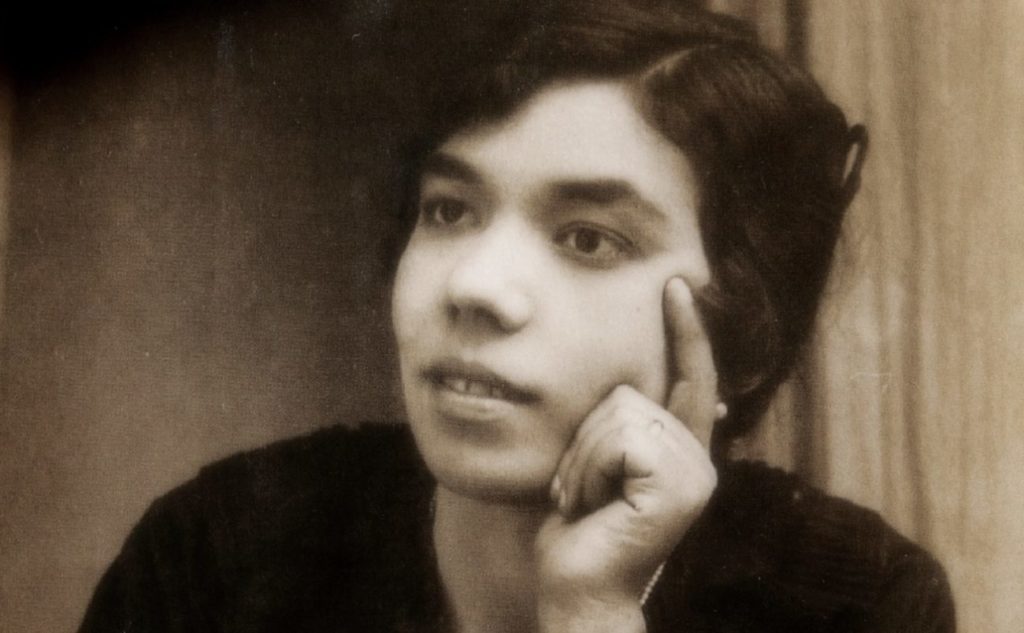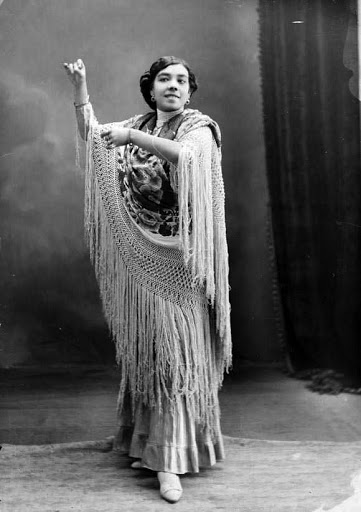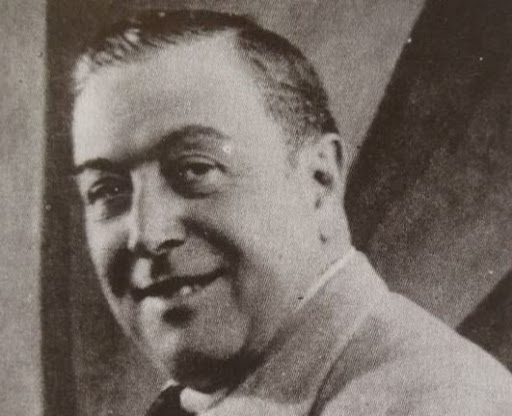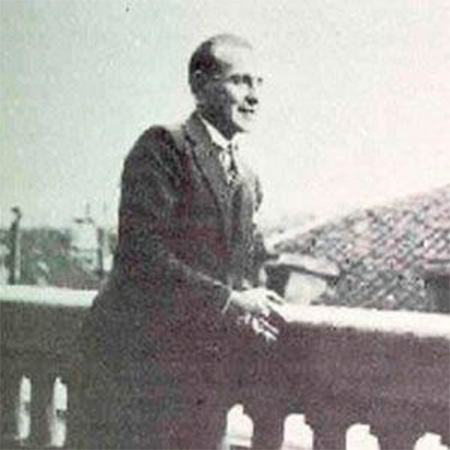Pastora Pavón Cruz, nicknamed Niña de los Peines (Girl of the Combs), is one of the main voices of gypsy and Andalusian flamenco singing of all times. She was born on February 10, 1890 in the Sevillian district of Puerta Osario and died in Calatrava Street in Seville on November 26, 1969. Her name is linked to Manuel de Falla, Federico García Lorca and La Argentinita, among others, whom she met in her prime as a singer in the nineteen twenties and thirties.
She was born into a family of singers. Her father was Francisco Pavón Cruz, El Paíti, a blacksmith by profession, and her mother Pastora Cruz Vargas. Two of her brothers, Tomás and Arturo Pavón, were also dedicated to flamenco. Arturo, in particular, was also a masterful artist who had inherited his maternal grandfather’s skills in the interpretation of tangos.
Lorca said of her: “Mistress of moans, creature martyred by the moon or angry bacchante. Green gypsy mask to whom the ‘duende’ puts trembling cheeks of freshly kissed girls. The voice of this woman is exceptional, it breaks the molds of all singing schools as it breaks the molds of all constructed music. […]”
Pastora made her debut at the age of eight with her brother Arturo in a stand at the Seville Fair to replace a duo of artists who had gotten drunk in the heat of the party. At the age of thirteen she made her debut in Madrid at the Café del Brillante and began her consecration as a singer. The painter Ignacio Zuloaga, friend of Falla and collaborator in the organization of the 1922 Flamenco Song Contest in Granada (he offered a prize of one thousand pesetas to the best gypsy siguiriya), met her by chance at the Brillante and was so impressed by her art that he proposed that she should perform in Bilbao at the Café de las Columnas and to pose in his studio. Later she was also painted by Julio Romero de Torres. Her artistic name comes from some tientos (flamenco songs) that she used to interpret: “Péinate tú con mis peines [Comb your hair with my combs] / que mis peines son de azúcar [my combs are made of sugar]” .
On her return from Madrid she performed in Málaga and Jerez and recorded her first records for Zonophone in 1910. It is the time when she rubs shoulders with Antonio Chacón and is proclaimed by fans as the Queen of Flamenco Singing. She begins her relationship with Manuel Escacena, with whom she apparently had a daughter.
In 1922, she was invited by Manuel de Falla and Zuloaga to participate as a member of the jury in the Flamenco Song Contest held in June in the Plaza de los Aljibes in Granada. García Lorca met her at the house of Encarnación López Júlvez, La Argentinita. The poet from Granada never forgot her. In 1933, in a speech on deep song that he read in Buenos Aires, he said of her: “Mistress of moans, creature martyred by the moon or furious bacchante. Green gypsy mask to whom the duende puts trembling cheeks of freshly kissed girls. The voice of this woman is exceptional, it breaks the molds of all singing schools just as it breaks the molds of all constructed music. When it seems that she is out of tune, it is not that she is, quite the contrary, she is incredibly in tune, since by a special miracle of style and passion she gives thirds and quarter tones impossible to register on the stave”.
Isabel García Lorca recalls Federico’s predilection for Pastora and Tomás Pavón during the summers in the Huerta de san Vicente farmhouse: “We had a gramophone and Federico played many records of classical music -especially Bach and Mozart- and deep song. I still have the records of Manuel Torre, Niña de los Peines and, in addition, the records of her brother Tomás Pavón. That of `te tienes que quedar [you have to stay] / con el deo señalando [ with your finger pointing out ] / como se quedó San Juan [how San Juan stayed’]’ almost made us sick of hearing it so much”.
In the 1940s, Niña de los Peines popularized a song she called Lorca’s Songs, either because it was inspired by the poet from Granada or because it was a tribute to his memory.
During the Civil War she took refuge in Madrid with her partner José Torres Garzón, Pepe Pinto. At the end of the war she joined Concha Piquer’s company, which included La Macarrona, La Malena, La Ignacia, María Albaicín, Mari Paz, Pepe el Limpio, Rafael Ortega, Pericón de Cádiz and Melchor de Marchena. When the tour ended, she retired for several years and did not return until 1949 with the Seville premiere of Spain with its Singer. Although it was an immediate success in Seville, it failed to attract audiences in other cities. It was the beginning of a decline wrapped in tributes that culminated with her death in 1969.
Her recordings, made up of 355 plates containing 258 songs, were declared by the Andalusian Government to be of Cultural Interest.




